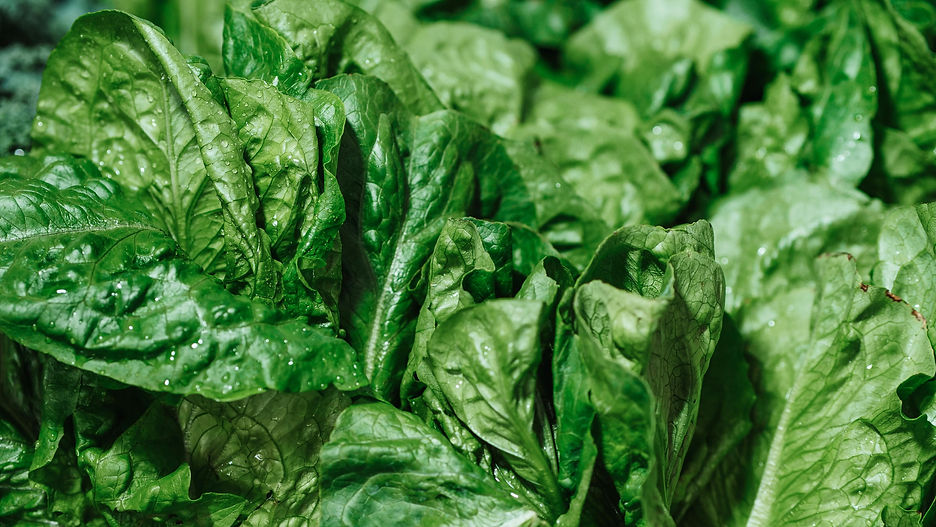Enemas
What exactly IS an Enema?
Enemas involve the gentle introduction of a liquid solution into the rectum and colon through the anus. This practice is rooted in ancient medical traditions and has evolved over time to become a well-regarded method for cleansing and supporting the body's natural detoxification processes.
Benefits of Enemas:
01
Colon Cleansing: Enemas are commonly associated with colon cleansing, a process believed to remove accumulated waste and toxins from the colon. This cleansing may promote a healthier gut environment and improved digestion.
02
Constipation Relief: Enemas can provide relief from constipation by softening stool and facilitating bowel movements. The introduction of a liquid solution helps to lubricate the colon, making it easier for waste to pass through.
03
Detoxification: Advocates of enemas suggest that the procedure aids in detoxifying the body by flushing out harmful substances and promoting the elimination of waste. This may contribute to increased energy levels and an overall sense of well-being.
04
Hydration and Nutrient Absorption: Enemas with saline solutions can hydrate the colon and potentially enhance the absorption of nutrients. This hydration may contribute to better overall health and vitality.
Best Practices for Enema Use:
This step should be performed daily before showering and prior to your first juice.
Fasting helps the body cleanse itself of accumulated toxic wastes. During the fast, there is no solid food intake to stimulate the defecation reflex, so natural bowel movements tend to decrease stop. Since the colon plays a key role in toxic elimination, it is highly beneficial to help release impurities, wastes, and toxins and to prevent autotoxemia, or self-poisoning, by stimulating the colon with regular enemas.
Fill the bag with lukewarm water (about 99°F). Add a few drops of fresh lemon juice. A pint to a quart is sufficient for the total volume of the enema. After the large intestine is emptied, some people choose to use up to two quarts per enema.
ENEMA DIRECTIONS
-
Add 1 teaspoon of strained fresh, organic lemon juice to warm mineral water
-
Hang bag at doorknob height and open clamp to test flow;; close clamp
-
Dip tip in coconut oil
-
Lie in bathtub on pillow/support
-
Insert tip;; open clip
-
Allow water to flow into colon
-
Massage colon counter-clockwise
-
After a bit of time, turn on the left side and stay for three minutes;; massage colon
-
Add more water;; turn on the right side and stay for three minutes;; massage
-
Expel into toilet
The more common position for taking an enema is lying on your back on a soft towel with knees bent or feet up on the wall. Hang the enema bag two-and-a-half to three feet above the body to create sufficient water pressure from the bag. To regulate the rate of flow of water, squeeze the tube with your fingers.
You may use coconut oil or another organic lubricant on the nozzle to make insertion more comfortable. Before inserting the nozzle into the anus, let water run through for a moment. Then fold the tube in half, clamp it, or squeeze it shut with your fingers. This helps decrease the amount of air in the system. Relax, breathe using slow deep breaths, and slide the end of the tube past the sphincter muscle of the anus. Continue to breathe and relax.
Take your time. Let the water in slowly. This prevents cramping and allows more water in. If you feel discomfort, stop the flow and take a few deep breaths, or massage the abdomen. Then continue the enema again until the bag is empty. If you feel an urge to evacuate, expel into the toilet.
If you can, retain the water while relaxing and breathing to try to overcome the feeling of needing to empty the bowels immediately. Gently massage your abdomen with your hands while moving through the following positions to help dissolve accumulation and wash the bowel: lie on the back, then the left side, hands and knees, then right side. Two or three minutes in each position is ideal. If the urge is too much, let the water and bowel contents out and try again. Often when the bowel is cleaner, retention of enemas become easier.
When the retention is complete, go to the toilet and let the water run out. Stay long enough to make sure the bowels thoroughly empty. Observe the debris and wastes that exits with the enema water.
Important: Clean equipment after each use. Wash the rectal nozzle with soap and hot water. Discontinue enemas after the fast so the food bulk can reestablish normal peristalsis.



